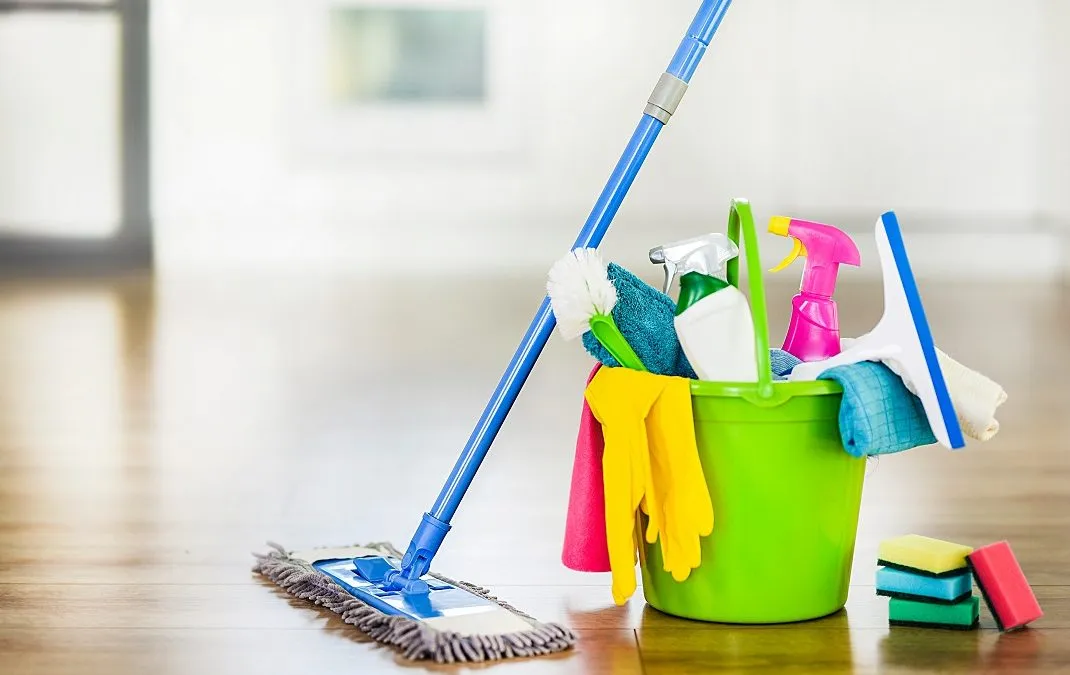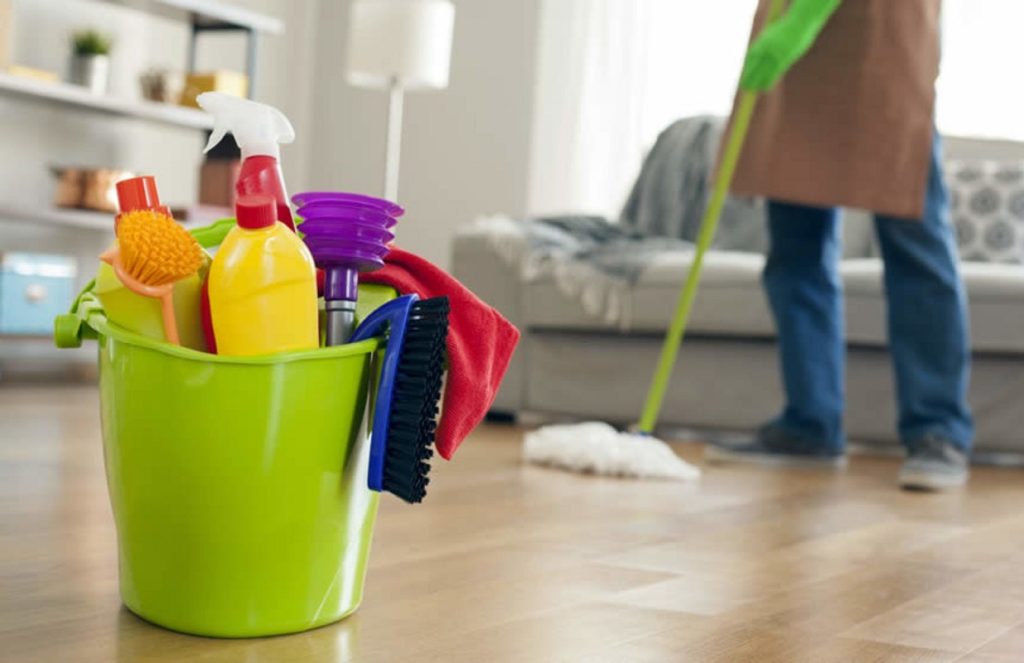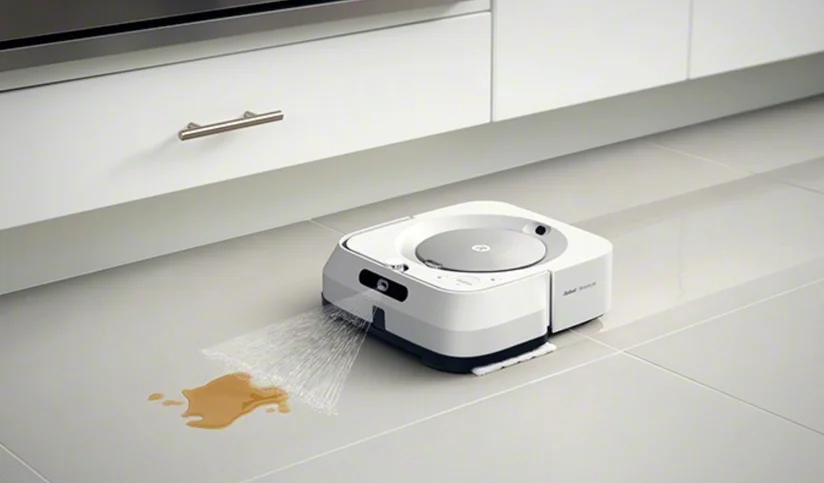In the realm of household concerns, pest infestations often take center stage for their ability to disrupt daily life. Beyond the visible damage to property, these uninvited guests pose a significant threat to our health and well-being. In this exploration, we delve into the often-overlooked world of the health implications of pest infestations, shedding light on how pests contribute to allergies, transmit diseases, and affect overall wellness.
Pests and Allergies: Unseen Aggressors in Our Homes
The cozy corners of our homes can harbor not only cherished memories but also microscopic allergens unleashed by pests. Cockroaches, tiny yet notorious, are known to be major contributors to indoor allergies. Their saliva, feces, and shed skin contain proteins that, when airborne, can trigger allergic reactions. For individuals prone to respiratory issues or with compromised immune systems, these allergens can lead to symptoms ranging from sneezing and itchy eyes to more severe respiratory distress.
In addition to cockroaches, dust mites—a common consequence of pest infestations—add fuel to the allergy fire. These microscopic arachnids thrive in the warm and humid environments often created by pest presence. Their waste particles become airborne, causing respiratory discomfort and aggravating existing allergies.
Common Household Pests Found in the UK
As residents of the United Kingdom, our homes provide sanctuary from the outside world. However, an uninvited cohort often sneaks its way into our living spaces, disrupting the tranquility – pests. In this exploration, we’ll delve into the types of pests commonly found in UK households, understanding their habits, potential damage, and offering insights into effective control measures.
Cockroaches:
These resilient insects are unwelcome guests known for their adaptability and quick reproduction. Common species in the UK include the German and Oriental cockroaches. They thrive in warm, humid environments, making kitchens and bathrooms their preferred hiding spots. Cockroaches can pose health risks by carrying allergens and diseases.
Ants:
While ants are generally harmless, their presence can be a nuisance. Pharaoh ants and pavement ants are two common types in the UK. They are attracted to food sources and can quickly establish trails in search of sustenance. Proper food storage and sealing entry points are essential for ant control.
Flies:
House flies, fruit flies, and cluster flies are prevalent in the UK. They breed in decaying organic matter, posing health risks by transmitting diseases. Implementing proper waste management and using screens on windows can help keep these airborne intruders at bay.
Wasps:
While wasps play a role in pest control by preying on other insects, their presence near homes can be problematic. Common species include the common wasp and the German wasp. Wasps are known for their aggressive behavior, especially during late summer when their colonies peak. Professional removal is recommended to avoid stings.
Spiders:
Most spiders in the UK are harmless, contributing to pest control by preying on other insects. However, false widow spiders, though rarely dangerous, have garnered attention for their bites. Keeping spaces clutter-free and sealing entry points can help prevent spider infestations.
Silverfish:
Silverfish are nocturnal insects that thrive in damp, humid conditions. They feed on starches and can damage books, wallpapers, and clothing. Proper ventilation and dehumidification can deter silverfish infestations.
Rats:
Norway rats and roof rats are common in the UK, often seeking shelter in homes during colder months. Known for their destructive behavior, rats can damage property and carry diseases. Regular inspection, proper waste management, and sealing entry points are crucial for rat control.
Mice:
House mice are agile intruders that can squeeze through tiny openings. They contaminate food, chew on wires, and carry diseases. Maintaining cleanliness, sealing entry points, and using traps are effective measures for mouse control.
Bedbugs:
Bedbugs are notorious for their nocturnal feeding habits, targeting humans while they sleep. Their bites can cause allergic reactions, and infestations are challenging to eradicate. Regular inspection, thorough cleaning, and professional intervention are essential for bedbug control.
Fleas:
Fleas often enter homes through pets. While the cat flea is most common, dog fleas and human fleas can also infest homes. Vacuuming regularly, treating pets with flea preventatives, and professional pest control measures are crucial for flea management.
Disease Transmission by Pests: The Perilous Connection
Pests are not just nuisances; they can serve as vectors for a host of diseases. Rodents, for instance, carry bacteria and viruses, including Hantavirus and Salmonella. The bites of disease-carrying mosquitoes can transmit illnesses such as West Nile virus and Zika virus. The proximity of these pests to human living spaces increases the risk of disease transmission, posing a significant health threat.
Beyond physical health, the mental toll of knowing that disease-carrying pests are lurking nearby can contribute to heightened anxiety and stress levels. The constant concern about the potential health risks posed by pests can create an environment of persistent unease.
Impact on Respiratory Health: Breathing Easy or Breathing Pest-Induced Trouble?
As if allergies and disease transmission weren’t enough, pest infestations can significantly impact respiratory health. The presence of pests often correlates with poor indoor air quality, a known trigger for respiratory conditions such as asthma. Airborne particles from pest droppings and shed skin can infiltrate the respiratory system, exacerbating existing respiratory issues and potentially leading to the development of new ones.
Children, in particular, are vulnerable to the adverse effects of poor indoor air quality. Growing respiratory systems make them more susceptible to the respiratory irritants released by pests. A pest-free environment is crucial for safeguarding the respiratory health of both adults and children.
Mental Health Considerations: The Hidden Burden of Pest-Induced Stress
The effects of pest infestations extend beyond the physical realm and seep into our mental well-being. Living in an environment infested with pests can be emotionally taxing. The constant battle against these invaders, coupled with the fear of potential health repercussions, can contribute to heightened stress levels and anxiety.
The stress induced by persistent pest issues may also disrupt sleep patterns, further impacting mental health. As homeowners grapple with the challenges of pest control, the toll on their overall well-being becomes evident.
Preventive Measures: Taking Charge of Our Living Spaces
The good news is that there are practical steps individuals can take to mitigate the health risks associated with pest infestations. Implementing routine cleaning practices, sealing entry points, and proper waste management are effective measures for preventing pest infestations.
Maintaining a clutter-free environment and promptly addressing any signs of infestation are essential components of a proactive pest control strategy. Additionally, proper food storage and disposal can help deter pests that are attracted to food sources.
Professional Pest Control Solutions: A Comprehensive Approach
While DIY methods can address minor pest issues, seeking professional pest control services is often the most effective and long-lasting solution. Pest control professionals employ integrated pest management strategies, combining biological, cultural, physical, and chemical control methods for optimal results.
Professional pest control not only addresses current infestations but also focuses on preventing future occurrences. By identifying and addressing the root causes of pest problems, these experts provide a comprehensive and sustainable approach to pest management.
You can also use pest control products to keep your home and surroundings safe. From pest safe rat traps to bird spikes, rat blockers to fly traps, you can use a wide variety of pest control products to prevent the pest from entering your premises. You can find numerous pest control wholesale companies across the country and purchase the products of your choice.
Conclusion: A Call to Action for Healthier Living Spaces
In conclusion, the impact of pests on health extends far beyond the immediate inconvenience they cause. From allergies to disease transmission and the toll on mental well-being, the health implications of pest infestations are profound. Recognizing the connection between pest control and overall health is the first step towards creating safer and healthier living spaces.
By implementing preventive measures, seeking professional pest control solutions, and learning from success stories, individuals can take charge of their living environments. Let this be a call to action for a pest-free and health-conscious approach to our homes—an approach that prioritizes not only the preservation of property but, more importantly, the well-being of those who call these spaces home.











